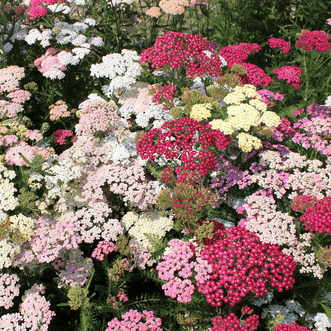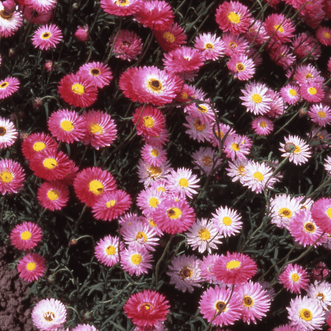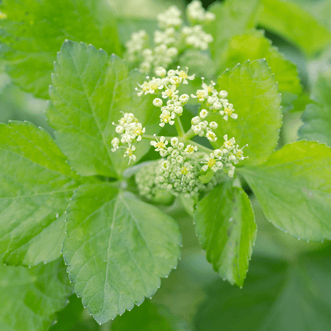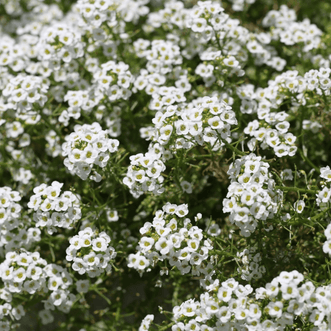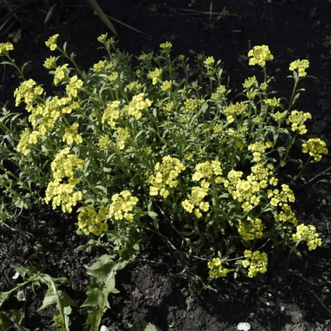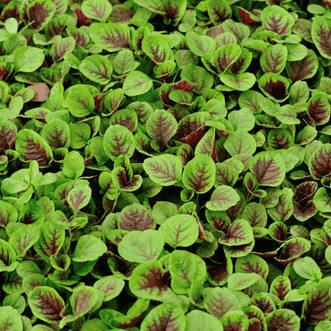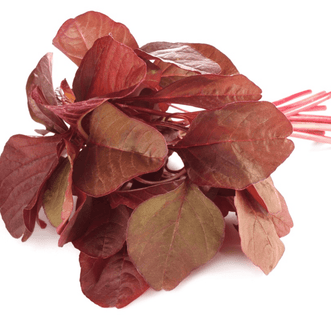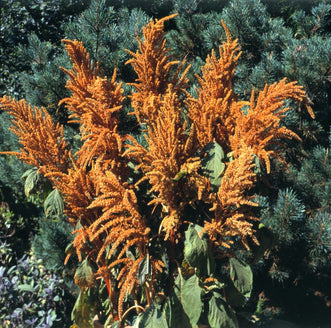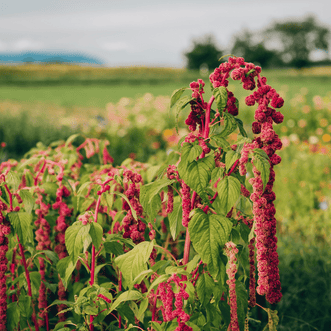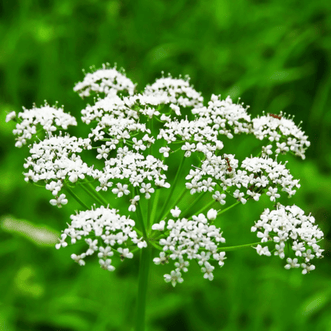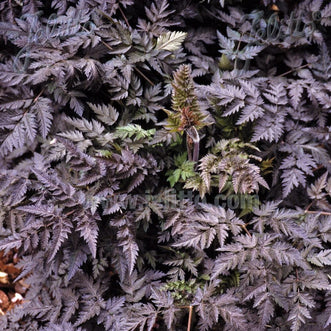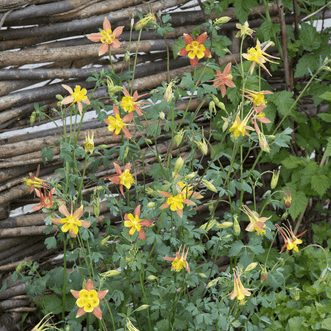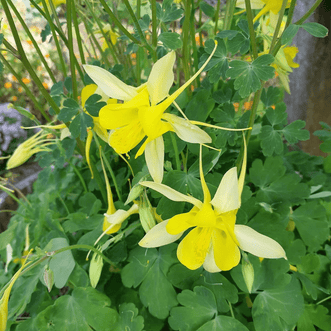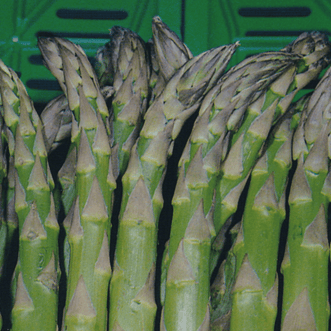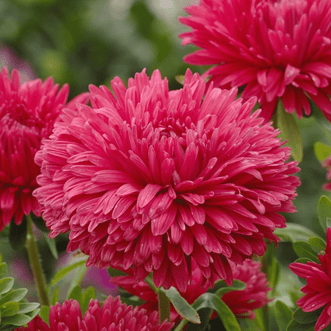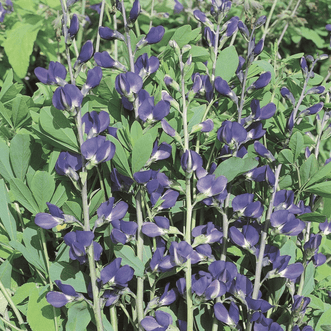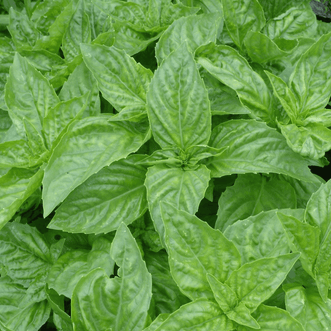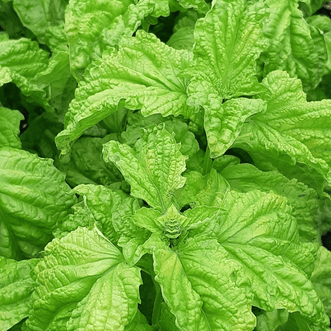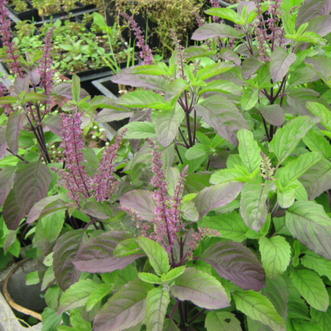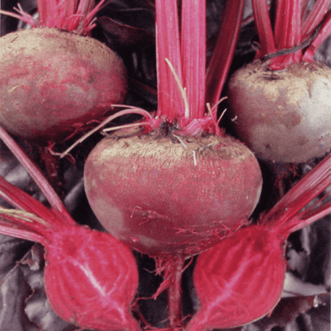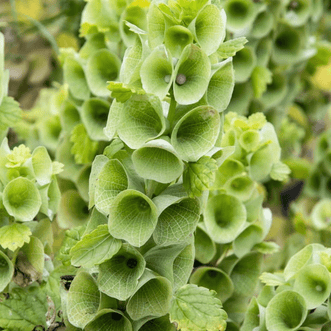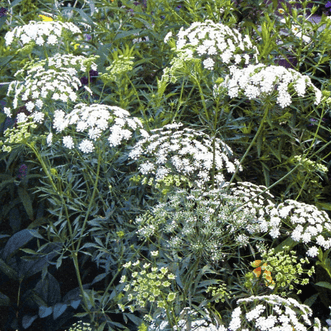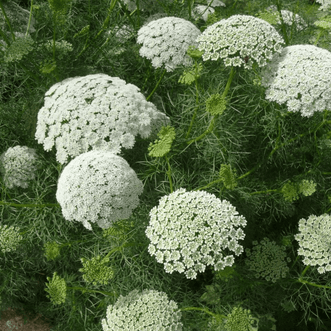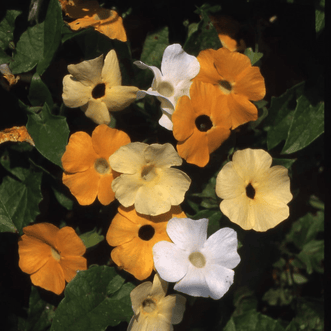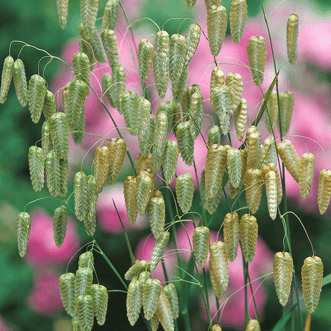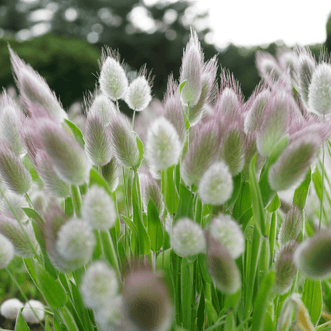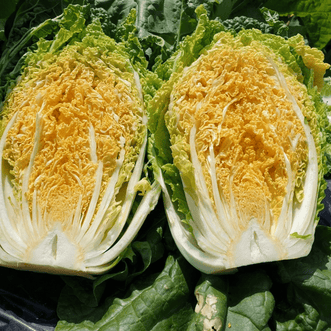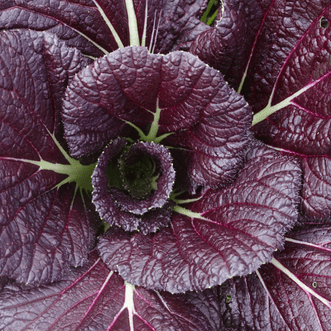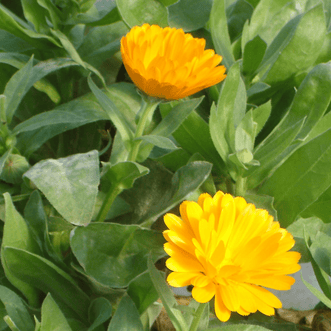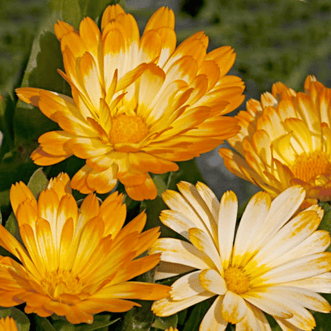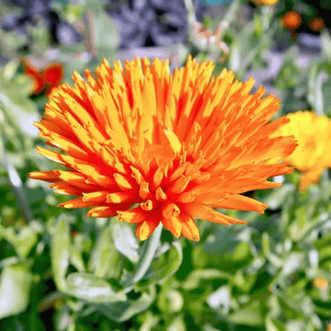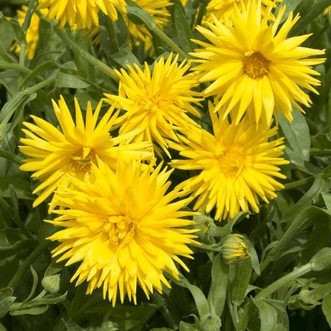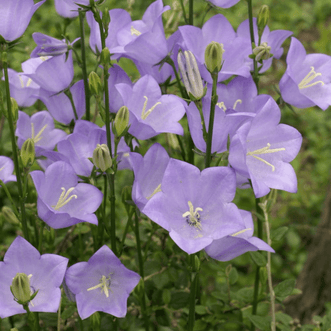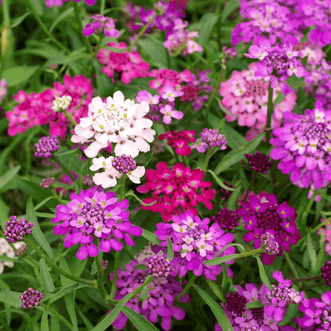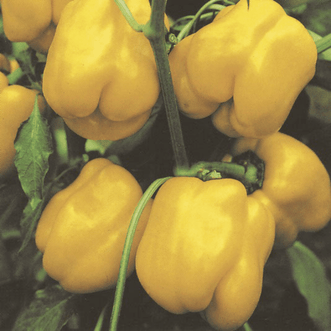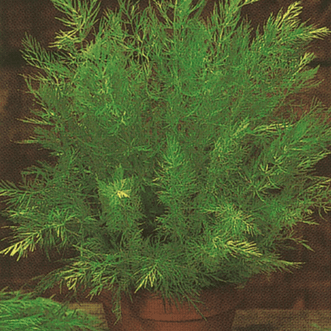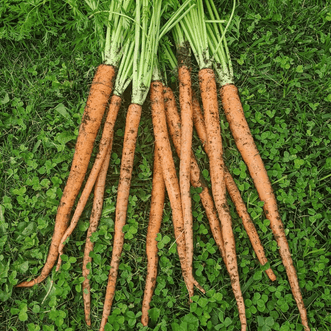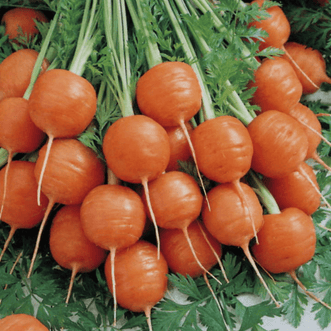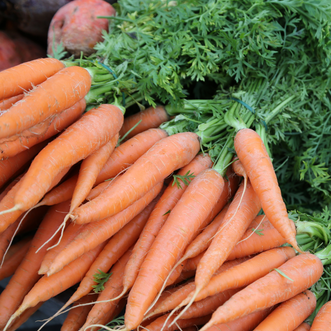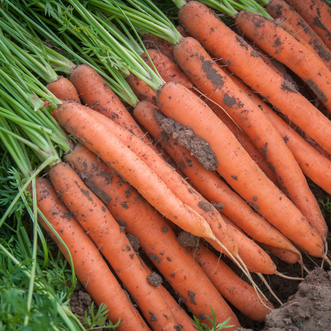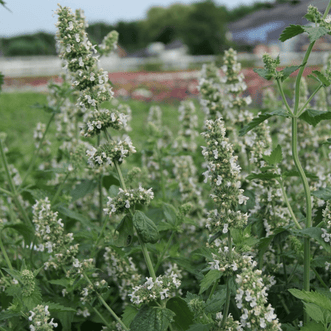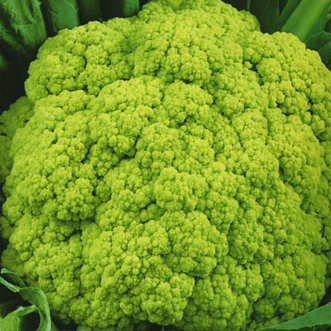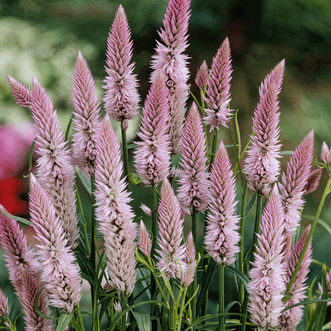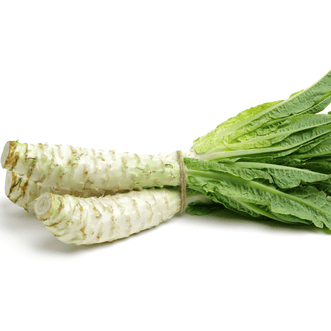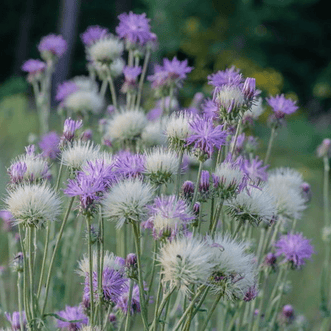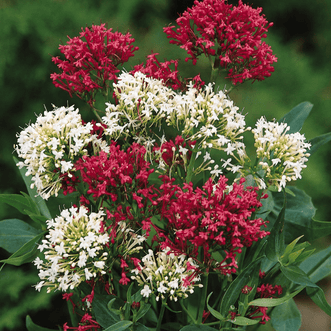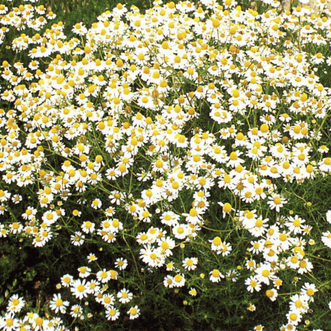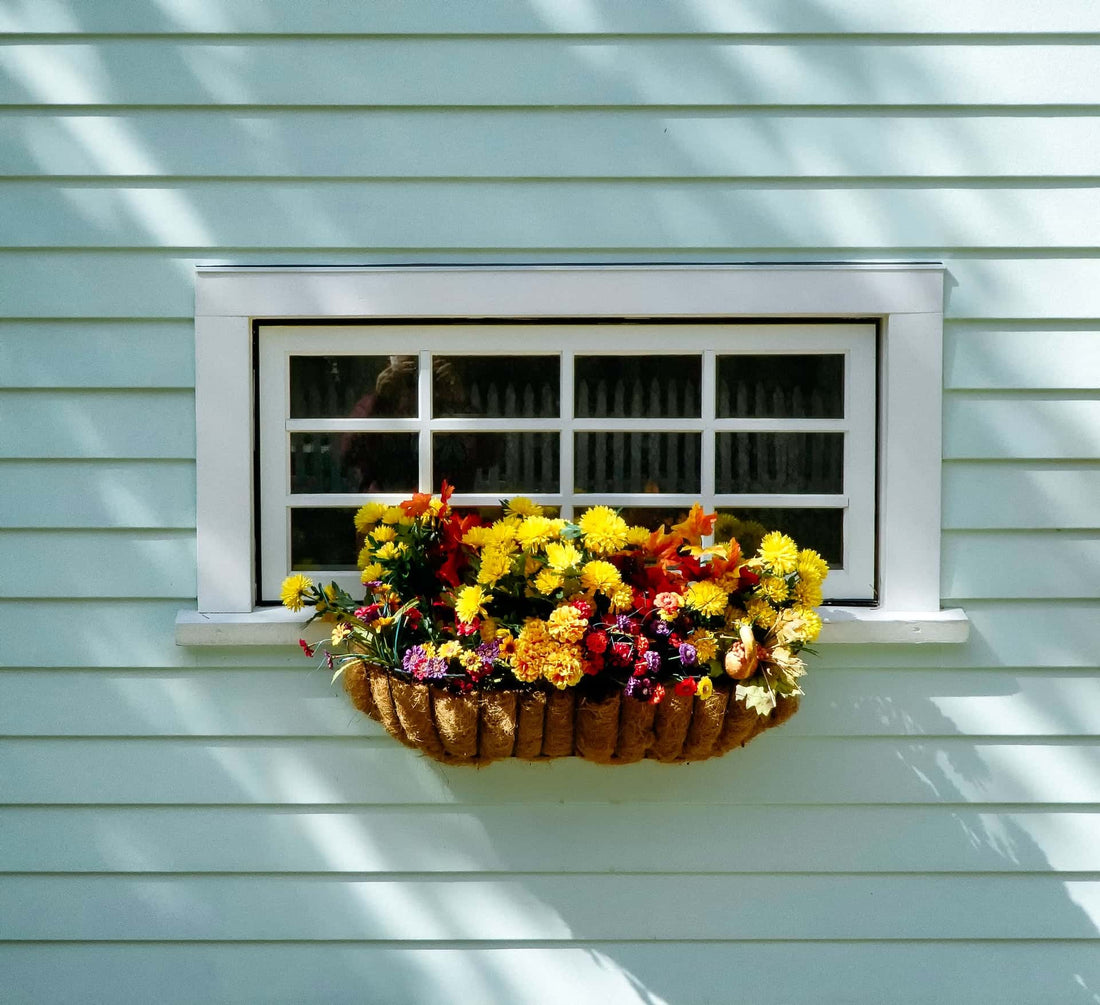
Hanging Baskets
Karen

Surprisingly (as a novice gardener here at Kings), hanging baskets were one of the first things I managed to grow. I have my Mum's influence to thank for that. She has grown hanging baskets for many years, mainly with fuchsias. Now that she has a very small space in her lifestyle village, she also grows a few veges such as lettuce and tomatoes - as well as flowers - in hanging baskets, to make the most of her reduced outdoor space. She taught me what to grow and how to prepare these mobile and versatile gardens-in-a-basket so they could be moved between flats or houses. In smaller spaces they are an economical way to create a riot of colour and are especially lovely when hung outside the french doors where they can be enjoyed from inside as well.
Varieties
A general guide when selecting plants is to choose varieties that have a cascading or creeping habit. So as not to overwhelm the basket, stick with varieties that will trail no more that 1.5 metres. Some varieties that work really well and I have found easy to grow are alyssum, petunias, lobelia and violas.Now is a great time to start planning what you would like to grow in your hanging baskets for next Spring and Summer. You could choose from the following flowers in our range when planning your baskets for Spring sowing: Alyssum Painters Palette, Begonia Illumination, Black Eyed Susan, Daily Kingfisher, Dichondra Silver Falls, Lobelia Colour Cascade, Morning Glory Early Call, Mina Lobata, Nasturtium (tall trailing, top flowering & whirlybird) Nemophila, Petunia, Rhodochiton, Sweet Pea (Azure Blue & Jet Set), Viscaria, Viola (Shangri La & Heartease).
Vegetable and herbs are also worth a try! You could try growing cucumber, caigua, spinach (vining types like Malabar & NZ Spinach), wild thyme, marjoram and oregano in a basket near the kitchen. Cherry tomatoes are a great choice for hanging baskets too.
Planting & Maintenance
It is often best to purchase hanging baskets complete with the coconut fibre liner included - it is usually a cheaper option than buying the components individually. When the coconut fibre starts to look faded and tatty, you can easily replace just the fibre for the following season.
Baskets require regular water and because the goodies in the soil are being washed through with watering, they will also need regular feeding. To help limit evaporation, place a plastic liner inside the coconut fibre - make sure it has holes in the bottom. When putting your basket together, use a potting mix with a slow release fertiliser which will last about 3-6 months, and add a wetting agent (such as Saturaid) if the potting mix does not already contain one.
Feed with a liquid fertiliser as the soil gets tired.
A nifty tip is to hang 2-3 baskets one under the other, then when you water from the top, the water is distributed to all the ones underneath as well.
When planting your basket, transplant seedlings rather than trying to direct sow your seed. This is more effective as the plants need to be established to make the most of the soil nutrients. Sow your seeds into good seed raising mix and transplant the seedlings when they are big enough. Usually a standard sized hanging basket will take up to ten seedlings, but you might find that 4-6 seedlings is enough when using the more prolific things like alyssum and petunias. It all depends on the look you want to achieve.
You could also cut holes in the side of the fibre and plastic liners and plant your seedlings into the underside of the basket for all-over coverage. Mix your plantings for maximum colour.
Successive sowings will ensure continuous colour in your basket - it is good to plan for this so that your pretty Spring and early Summer baskets continue to look beautiful right through into Autumn.
Here's a great idea for using your baskets during the winter months.
Festoon them with lights and create instant garden art.
As mentioned above, your baskets will require a lot of watering, but it's a soothing routine at the end of the work day with wine in hand to wander and water. Cheers.

